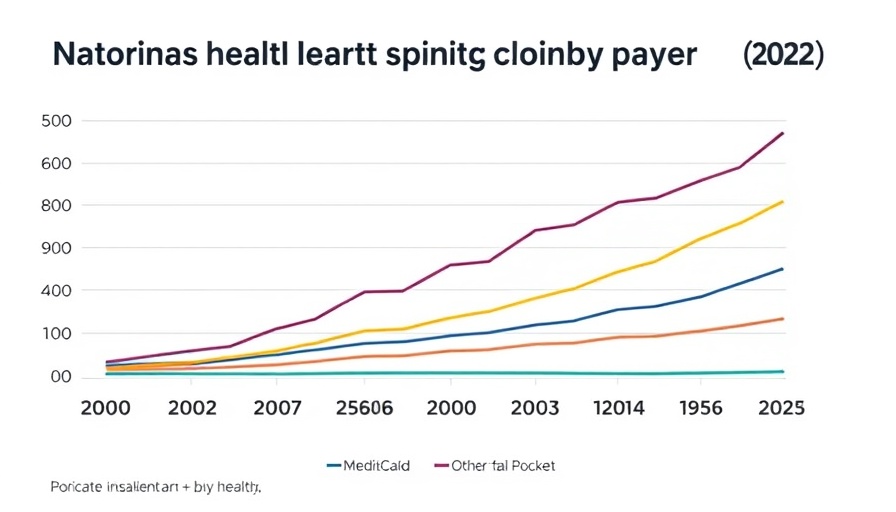
Understanding Medicaid’s Impact on Health Spending
Medicaid plays a crucial role in the American healthcare landscape. As a federal and state program, it provides essential health coverage to millions of low-income individuals and families. Despite varying opinions on its impact, the facts about Medicaid and its share of national health spending reveal a story of support and necessity in the United States.
What Medicaid Covers
One of the key aspects of Medicaid is its comprehensive coverage. It not only assists with hospital stays and doctor visits but also covers long-term care, mental health services, and preventive care. This extensive coverage significantly contributes to the overall national health expenditures, underscoring the importance of Medicaid in maintaining public health.
Statistics That Matter
Recent data shows that Medicaid accounts for a substantial portion of national healthcare spending. According to estimates, it represents over 16% of total health expenditures in the U.S. This figure is emblematic of Medicaid’s role as a safety net, ensuring that vulnerable populations receive necessary medical care.
Growth Trends in Medicaid Spending
Over the last decade, Medicaid spending has seen a steady increase. Factors such as the expansion of Medicaid under the Affordable Care Act and rising healthcare costs have played significant roles in this growth. Understanding these trends is vital for stakeholders examining the sustainability of Medicaid and its future funding.
The Value of Medicaid for Uninsured and Insured Citizens
For both insured and uninsured citizens, Medicaid serves as a crucial resource. It isn’t only a safety net for low-income individuals; it helps stabilize healthcare costs across the board. By covering significant healthcare needs, Medicaid reduces the financial burden on emergency services and hospitals, which ultimately benefits all members of the community.
The Emotional and Human Aspect
The stories behind Medicaid funding often reflect a deeper human experience. Families who rely on Medicaid for life-saving treatments share their struggles, hopes, and triumphs, highlighting the program's significance in their lives. These narratives provide insight into why Medicaid matters beyond mere statistics and figures, reinforcing the need for continued support.
Common Misconceptions about Medicaid
Despite being essential for many, misconceptions surround Medicaid, including assumptions about who qualifies and the quality of care provided. Clearing up these myths is crucial for fostering community understanding and support for the program. Education and awareness can empower individuals to seek benefits they may not realize they qualify for, enhancing the well-being of our communities.
Future Predictions: The Path Ahead for Medicaid
The future of Medicaid holds both challenges and opportunities. As healthcare evolves, discussions about funding, accessibility, and efficiency are critical. Advocates continue to push for improvements, paving the way for Medicaid to adapt to modern health needs and maintain its vital role in American healthcare.
Call to Action: Engage with your community to learn more about Medicaid and how it impacts lives. Share stories, connect with others, and advocate for support and resources to ensure that nobody is left behind in our healthcare system.
 Add Row
Add Row  Add
Add 




Write A Comment